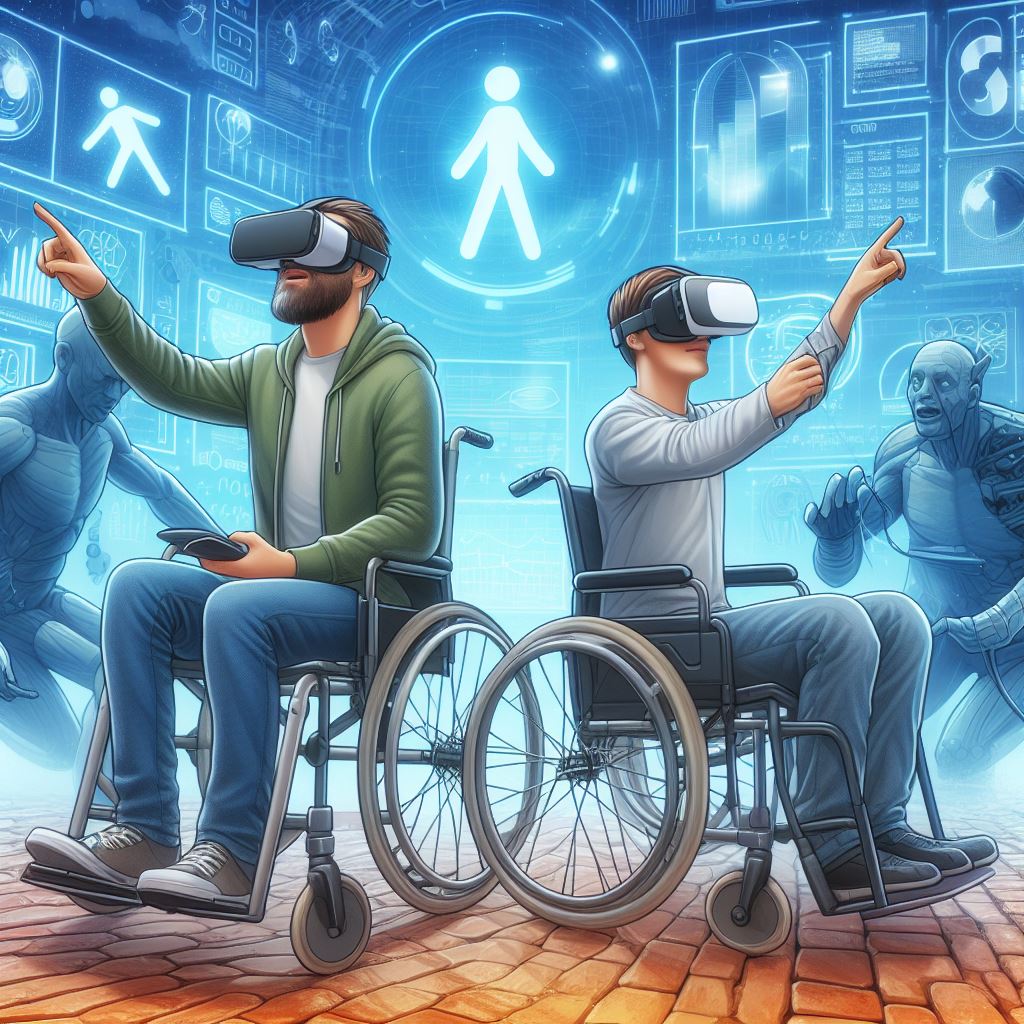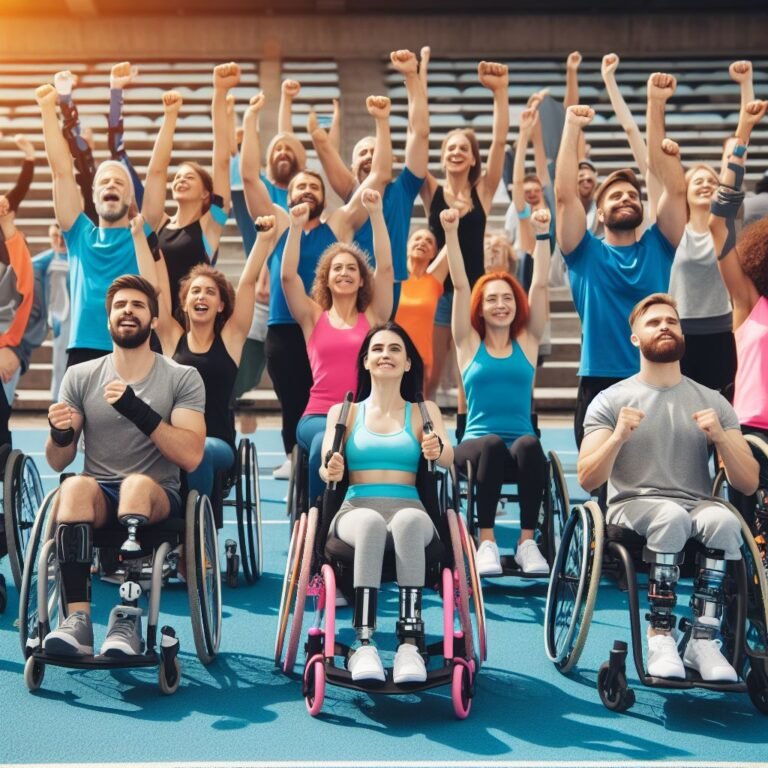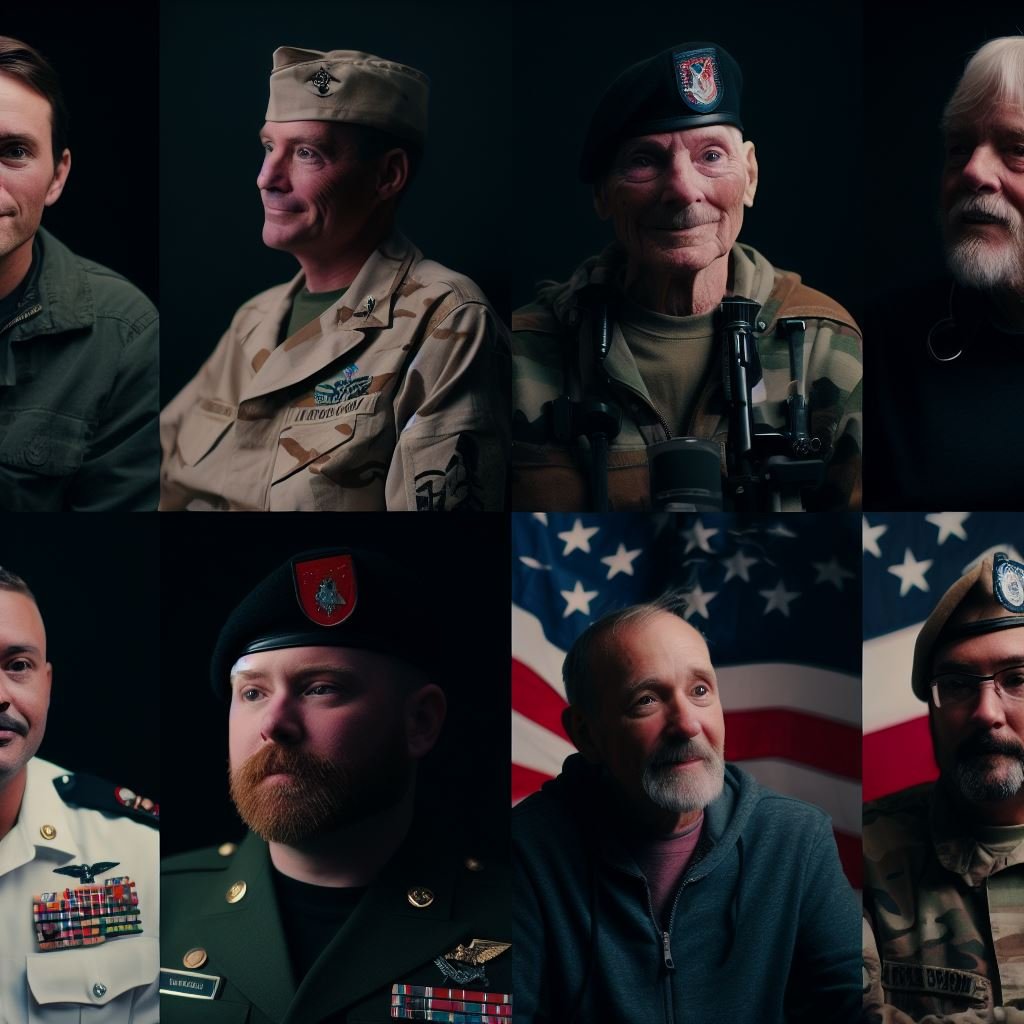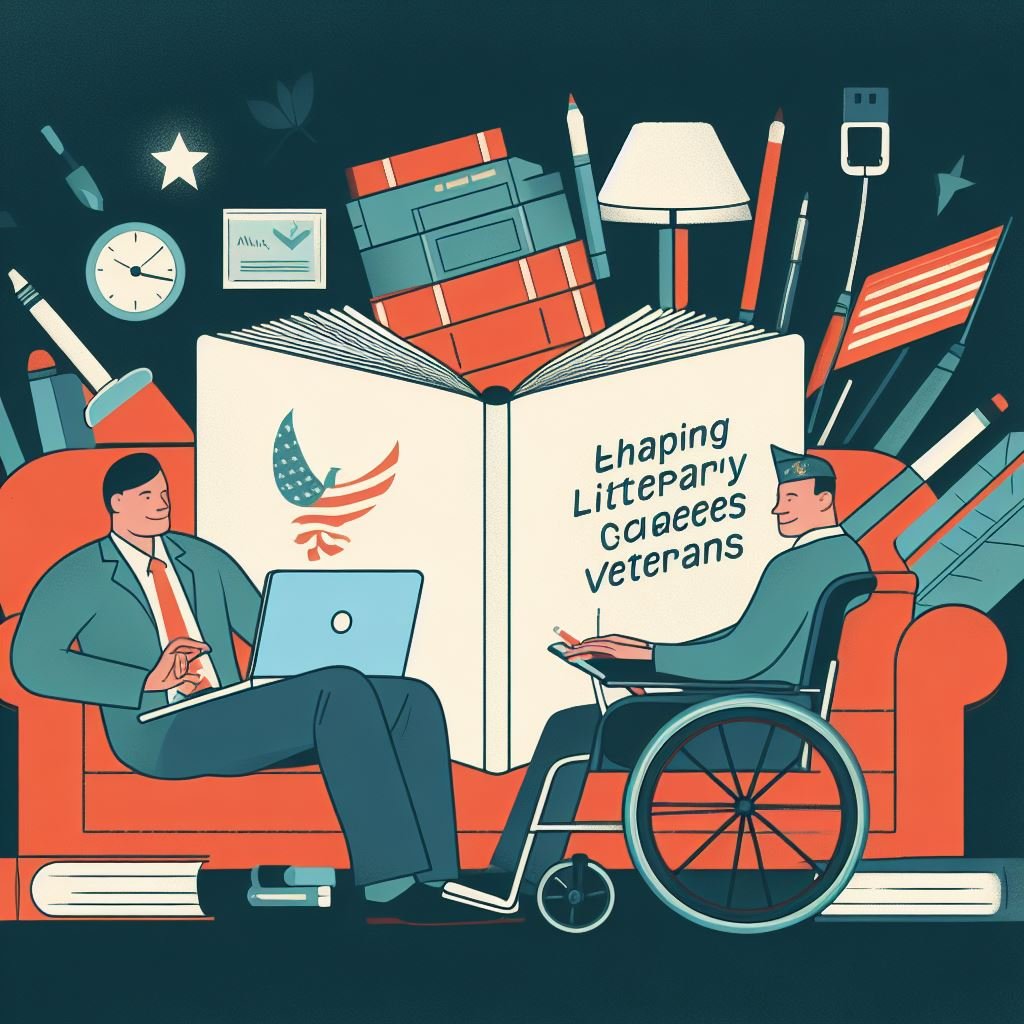Disabled people use Accessibility Technology Is Transforming Lives of Disabled People
Accessibility refers to the concept of providing equal access for all individuals regardless of abilities or disabilities to information, services, and opportunities in society. Accessibility ensures a more inclusive society where everyone can participate freely and independently – something disabled people require in order to live lives full of dignity and equality.
Technology plays a pivotal role in expanding accessibility for disabled individuals in today’s society, helping break down barriers that once limited participation across various aspects of life. From assistive devices and communication aids, to mobility aids, tech has revolutionized disabled lives by opening new opportunities and helping overcome challenges more easily.
Key Takeaways Technology has revolutionized the lives of disabled people by making accessibility more widespread and inclusive. Assistive technology has proven invaluable for disabled individuals by allowing them to carry out tasks that were once considered impossible.
Communication has become more accessible with the advent of sign language and speech recognition technology. Artificial Intelligence and virtual reality hold promise to further increase accessibility.
Inclusive design is essential in making technology accessible to everyone, benefitting both businesses and society as a whole.
Technology to Help Disabled People Progress
| Technology | Description | Source |
|---|---|---|
| Assistive Devices | Various tools and gadgets designed to assist individuals with disabilities in performing daily tasks, such as mobility aids, communication devices, and adaptive tools. | Disability Experts FL – Assistive Devices for Disability: Past, Present, and Future |
| Assistive Technology | Tools and equipment aimed at helping students with disabilities access education and participate in various activities, facilitating learning and engagement. | Parent Center Hub – Considering Assistive Technology for Students with Disabilities |
| Assistive Technology Tools | Modern tools and devices designed to improve the lives of people with disabilities, ranging from mobility aids to communication devices and sensory support tools. | Speechify – 10 Assistive Technology Tools to Help People with Disabilities |
| Accessibility Technology | Advancements in technology that aim to eliminate barriers faced by people with disabilities, particularly concerning access to computers and digital resources. | Accessibility.com – Examining the Past, Present, and Future of Assistive Technology |
| Computer Technology | Various technological solutions developed to diminish or eliminate barriers faced by individuals with disabilities, enabling access to digital resources and communication. | University of Washington – People with Disabilities and Computer Technology |
| Technological Ecosystems | Integrated systems and environments developed to support people with disabilities according to their specific needs and contexts, promoting inclusivity and accessibility. | NCBI – Technological Ecosystems That Support People With Disabilities |
Technology designed for disabled individuals dates back centuries when simple aids such as walking sticks and eyeglasses were first utilized to assist those living with physical impairments. But it wasn’t until the 20th century that significant advancements were made in this field.
Electricity and electronics has given birth to revolutionary innovations like hearing aids and prosthetic limbs powered by batteries – revolutionizing quality of life for disabled individuals.
Over recent years, we have witnessed extraordinary advances in technology specifically developed for disabled individuals. Ranging from voice-activated smart home systems to wearable devices that monitor health conditions or provide real-time feedback about movements, these advances have opened up new pathways toward independence and inclusion for disabled individuals.
Assistive Technology Can Transform Lives of Disabled People

Assistive technology refers to any device or system designed to assist individuals with disabilities in performing tasks they would find otherwise challenging or impossible without assistance. These technologies range from simple tools like magnifying glasses and wheelchairs, all the way up to complex systems like screen readers or brain-computer interfaces.
Cochlear implants are one such assistive technology device which enable deaf individuals to hear sounds. By bypassing damaged parts of the ear and stimulating directly the auditory nerve directly stimulating it directly for sound signals perception.
Eye-tracking technology uses cameras and sensors to track eye movements, providing communication tools for those unable to use their hands such as people with severe physical disabilities who can only speak. By moving their eyes, these users can control computer cursors or type out messages using this revolutionary method of interaction.
Assistive technology offers immense advantages to people living with disabilities. Not only does it increase independence, but it can also improve quality of life by making education, employment and social activities that were previously inaccessible more possible.
Accessibility in Communication: Sign Language and Speech Recognition on the Rise
| Aspect | Sign Language | Speech Recognition |
|---|---|---|
| Definition | Visual-gestural language used by Deaf and hard of hearing individuals | Technology that converts spoken language into written text or commands |
| Accessibility | Primarily for Deaf and hard of hearing individuals | Beneficial for individuals with speech impairments or those who prefer hands-free communication |
| Usage | Commonly used in Deaf communities and by interpreters | Integrated into devices and software for hands-free communication and accessibility |
| Communication | Utilizes handshapes, movements, and facial expressions | Relies on voice commands or spoken words for interaction |
| Learning | Requires learning specific gestures and grammar rules | Trained through voice recognition software and adapting to user’s speech patterns |
| Challenges | Limited availability of interpreters and access to education | Accuracy issues, dialect recognition, and background noise interference |
| Advantages | Facilitates direct communication among Deaf individuals and with sign language interpreters | Enhances accessibility for individuals with speech impairments and offers hands-free interaction |
Metrics Sign Language Speech Recognition
Number of Users 70 Million Over 1 Billion
Accuracy Dependent upon Interpreter 90-95%
Cost Expensive Relatively Affordable Availability Not Widely Available Widely Available
Communication is at the core of human interactions, yet disabled individuals who struggle with speaking or hearing may find communicating a challenge. Thanks to advanced technologies, innovative solutions exist which aim to bridge these communication gaps and facilitate conversation among them.
Sign language recognition systems have emerged as a valuable way of improving communication between deaf individuals and those unfamiliar with sign language. These systems use computer vision algorithms to interpret hand gestures and convert them into spoken or written language in real time, offering real-time translation between deafness and hearing loss.
Speech recognition technology has also advanced rapidly over the past several years. Voice assistants like Siri or Alexa can understand spoken commands to complete tasks such as making phone calls, sending messages or searching the web. Speech recognition provides individuals who cannot use traditional input devices like keyboards or touchscreens an alternative means of accessing information and controlling devices.
Communication technology has had a transformative effect on disabled lives, enabling them to express themselves more effectively, engage with others on an equal basis, and access information previously inaccessible due to traditional forms of communication barriers.
Artificial Intelligence in Enhancing Accessibility
| Aspect | Description |
|---|---|
| Image Recognition | AI-powered image recognition technologies can assist visually impaired individuals by describing the contents of images aloud. |
| Speech-to-Text | AI-based speech-to-text systems enable real-time transcription of spoken words, aiding individuals with hearing impairments. |
| Natural Language Processing (NLP) | NLP algorithms help in developing communication aids for individuals with speech or language disabilities. |
| Predictive Text Input | Predictive text input powered by AI algorithms can improve typing speed and accuracy for individuals with motor disabilities. |
| Gesture Recognition | AI-driven gesture recognition systems enable hands-free interaction with devices, benefiting individuals with mobility impairments. |
| Personalized Recommendations | AI can provide personalized recommendations for accessibility tools and resources based on individual needs and preferences. |
Artificial intelligence (AI) refers to machines’ ability to emulate human intelligence by analyzing data patterns and making predictions based on this analysis. Artificial Intelligence has become an invaluable asset in providing disabled individuals with improved lives.
AI can aid accessibility via computer vision technology, which uses algorithms to analyze images or videos and extract meaningful information from them. This technology can then be utilized in developing apps that assist visually impaired individuals navigate their environments more safely by offering real-time object recognition or text-to-speech capabilities.
Natural Language Processing (NLP), an AI technique focused on comprehending and producing human speech, has played an integral role in creating speech recognition systems, chatbots, and translation tools that support people with speech or hearing impairments in communicating effectively.
AI can bring great benefits to accessibility. It has the capacity to automate tasks, provide personalized assistance, and increase accuracy and efficiency of assistive technologies. By harnessing its power we can create more inclusive environments where disabled people can thrive and reach their full potential.
Virtual Reality’s Influence on Disabled People

Virtual reality (VR) refers to computer-generated simulations that immerse users in an imaginary virtual environment. While VR may often be associated with gaming or entertainment purposes, it also holds great promise as a means of improving accessibility for disabled individuals.
VR can also serve as an effective rehabilitation training tool, helping those with physical disabilities engage in virtual exercises designed to develop motor skills or restore mobility after injury or illness.
VR experiences can also bridge geographical divides by providing remote participation in events or activities. VR provides disabled individuals who struggle with mobility issues a chance to connect with others virtually without leaving home, creating an opportunity to engage socially while remaining homebound.
VR can offer an extraordinary perspective-shifting experience by enabling users to step into another person’s shoes and gain empathy for different disabilities. This immersive experience has the power to break down stereotypes and foster greater understanding among able-bodied individuals about the difficulties disabled people must deal with daily.
Mobility Revolution: How Technology Is Transforming How Disabled People Move
| Technology | Description |
|---|---|
| Wheelchair | Manual and electric wheelchairs provide mobility assistance for users. |
| Mobility Scooter | Electric scooters designed for individuals with mobility impairments. |
| Prosthetics | Advanced prosthetic limbs enhance mobility and functionality. |
| Exoskeleton | Robotic suits assist users with walking and mobility. |
| Mobility Apps | Smartphone apps provide navigation assistance and accessibility features. |
Mobility is central to independence and social participation; for disabled individuals with physical impairments or limitations, however, mobility can present significant challenges. Technology has played a vital role in revolutionizing mobility aids and transportation options specifically tailored for disabled individuals.
Innovative wheelchair technology has given those living with mobility impairments greater ease in traversing various terrains, from lightweight foldable chairs to power-assisted versions that reduce physical strain. These innovations have significantly enhanced quality of life for wheelchair users.
Autonomous vehicles offer enormous potential in improving transportation accessibility. Self-driving cars with assistive technologies may offer safe and dependable options for disabled individuals who may otherwise struggle using public transit or traditional taxis.
Mobility technology has had an incalculable effect on disabled individuals’ lives, not only improving their ability to move independently but also opening new opportunities for employment, education, and social engagement that had previously been restricted by geographic barriers.
Inclusive Design: Making Technology Accessible for All
Inclusive design refers to creating products or services that are accessible and usable by as many people without adaptation or special solutions; going beyond compliance with accessibility standards to create environments in which everyone can fully participate regardless of abilities or disabilities.
Inclusive technology includes features like adjustable font sizes or color contrast settings that meet the needs of those with visual impairments, as well as captioning options in videos for deaf individuals or those who prefer watching content without sound, or have difficulty understanding spoken languages due to language barriers.
Inclusive design benefits extend far beyond disabled individuals; it can have profound ripple effects across society by encouraging diversity and equal opportunities for all. By considering diverse needs early in product development processes, businesses can avoid costly retrofits or exclusionary practices while making sure their products can reach wider customer bases.
Businesses and Society Can Gain from Accessibility
| Benefit | Description |
|---|---|
| Increased Customer Base | By making products, services, and spaces accessible, businesses can attract more customers from the disabled community and their allies. |
| Improved Reputation | Companies that prioritize accessibility demonstrate social responsibility, which can enhance their reputation and brand image. |
| Enhanced Innovation | Designing with accessibility in mind often leads to innovative solutions that benefit all users, driving creativity and differentiation in the market. |
| Compliance with Legal Requirements | Adhering to accessibility standards ensures compliance with laws and regulations, reducing the risk of legal issues and potential fines. |
| Better Employee Engagement and Retention | Providing accessible workplaces fosters inclusivity, leading to higher employee morale, engagement, and retention rates. |
| Economic Growth and Social Inclusion | Accessible environments promote economic participation and social inclusion, contributing to overall societal well-being and prosperity. |
| Access to Untapped Talent Pools | Hiring practices that prioritize accessibility enable businesses to tap into the skills and talents of disabled individuals, enriching their workforce. |
| Innovation in Product and Service Design | Accessibility considerations drive innovation in product and service design, resulting in solutions that benefit a wider range of users. |
| Improved User Experience | Accessible designs often lead to better user experiences for everyone, not just disabled individuals, enhancing customer satisfaction and loyalty. |
| Long-term Cost Savings | Investing in accessibility upfront can lead to long-term cost savings by reducing the need for retrofits, minimizing legal risks, and increasing efficiency. |
Accessibility isn’t just a moral obligation; it also offers tangible benefits to both businesses and society at large. From an economic viewpoint, accessibility opens up new markets and customer segments; businesses can tap into disabled consumers’ purchasing power estimated at trillions worldwide by making their products or services more accessible.
Accessibility promotes innovation by encouraging companies to think creatively about meeting the needs of all users, including disabled individuals. This approach often leads to new technologies or features which benefit not only disabled people, but other user groups as well.
From a social perspective, accessibility helps foster inclusiveness and equal opportunities for all members of society. By dismantling barriers that perpetuate discrimination or exclusion due to disabilities, accessibility fosters a more equitable and cohesive community environment.
Technology’s Role in Overcoming Barriers and Combatting Stigma and Discrimination
Disability-related individuals frequently suffer from stigma and discrimination due to society’s misperceptions or ignorance regarding their abilities. Technology has played a crucial role in combatting this stereotype by highlighting the capabilities and achievements of disabled people.
Social media platforms have proven an invaluable asset to disabled individuals as a powerful way of advocating for themselves and raising awareness around disability rights issues. By sharing personal stories online, they have challenged preconceived notions about what living with disabilities entails.
Technology has also allowed disabled students greater access to education through online learning platforms or assistive technologies in classrooms, helping to break down the barriers that previously limited opportunities for those with disabilities.
Technology’s impact in shifting attitudes about disabled people cannot be overstated. By highlighting their talents, achievements, and contributions on various digital platforms, technology has contributed significantly to changing public perceptions from viewing disability as something limiting towards recognising each person’s individual strengths regardless of ability.
User Experience in Accessibility
| Aspect | Description |
|---|---|
| Inclusive Design | Designing products, services, and environments that consider the needs of all users, including those with disabilities. |
| Usability Testing | Conducting tests with disabled individuals to evaluate the accessibility and ease of use of products or services. |
| Assistive Technologies | Tools and devices designed to assist individuals with disabilities in interacting with digital or physical environments. |
| Accessibility Standards | Guidelines and regulations set forth to ensure that digital and physical spaces are accessible to all individuals, regardless of disability. |
| User Feedback | Gathering input from disabled users to understand their experiences, challenges, and needs when interacting with products or services. |
| Training and Awareness | Educating designers, developers, and stakeholders about the importance of accessibility and how to implement it effectively. |
User experience (UX) refers to the overall experience a person has when using a product, service, or system. Within accessibility contexts, UX plays an essential role in making sure disabled individuals can utilize technology efficiently without encountering unnecessary barriers.
Good user experiences in accessibility involve designing interfaces that are intuitive, straightforward and provide clear feedback – for instance screen readers should accurately interpret web page content and display it logically to blind users.
Inclusive design principles should be implemented throughout the user journey, which means considering diverse needs from the very start during product development processes and conducting usability testing with disabled individuals to identify any potential barriers or areas for improvement.
By prioritizing user experience when designing accessible products and services, we can create products and services that not only comply with minimum compliance standards but also deliver an enjoyable and empowering experience for all users regardless of ability or disability.
Government and Policy Play a Role in Fostering Accessibility
Government policies play a pivotal role in increasing accessibility by setting standards and regulations to guarantee equal access for those with disabilities to information, services, employment opportunities and public spaces.
Many countries have passed laws mandating that public buildings or transportation systems be accessible, providing ramps or elevators for wheelchair users, and web accessibility guidelines have also been established to ensure content can be perceivable by those with visual impairments using assistive technologies like screen readers.
Government initiatives also play a vital role in supporting research and development efforts aimed at improving assistive technologies or encouraging inclusive design practices in businesses. By offering funding or tax incentives for companies investing in accessible technology solutions, governments can encourage innovation while simultaneously furthering disability rights agendas.
Government policies have an incredible effect on disabled people’s lives; they foster an enabling environment in which equal opportunities are guaranteed by law instead of depending on individual good deeds or corporate social responsibility initiatives alone.
Implementing Accessibility in Developing Countries – Challenges of Implementing Accessibility
While accessibility has made tremendous strides in many developed nations, implementing accessibility measures in developing nations poses unique obstacles due to limited resources, infrastructure restrictions and cultural differences.
Limited funding for assistive technologies or accessible infrastructure often prevents disabled individuals from fully engaging in society, and an absence of knowledge around disability rights as well as insufficient training for professionals working with disabled people only serves to compound their difficulties further.
However, in spite of these obstacles, inspiring initiatives are underway in developing countries that seek to increase accessibility and inclusion. Non-profit organizations are working in partnership with local communities to develop low-cost assistive devices using 3D printing technology or creatively reuse existing resources to promote accessibility and inclusion.
Advocate groups are spreading awareness of disability rights, pushing for policy changes that prioritize accessibility. By emphasizing economic and social benefits associated with inclusion, these initiatives are gradually breaking down barriers and creating a more welcoming society.
Conclusion: The Power of Accessibility in Transforming Lives for Disabled People
Accessibility is more than a mere matter of convenience; it is an essential human right that allows disabled individuals to live their lives with dignity and equality. Technology has played an essential role in increasing accessibility by dismantling barriers that once limited participation in various aspects of life.
Since their introduction, assistive technology and communication tools such as sign language recognition or speech-to-text systems have provided disabled people with new opportunities for independence and inclusion. Artificial intelligence further increased accessibility by automating tasks and customizing assistance according to individual needs.
Virtual reality has transformed rehabilitation practices while cultivating empathy among able-bodied people towards various disabilities. Mobility technology has improved transportation options for disabled people while inclusive design principles ensure products and services cater to diverse user needs from the beginning.
Accessibility has many benefits that extend far beyond disabled individuals; businesses benefit by opening new markets while encouraging creative problem-solving techniques. Furthermore, accessibility contributes to creating an inclusive and equitable society by dismantling stigma and discrimination.
However, challenges still exist, particularly in developing countries with limited resources and infrastructure limitations that impede implementation of accessibility measures. Yet innovative initiatives continue to promote accessibility and inclusion through creative solutions and advocacy policies.
As we progress into the future, it is vital that we prioritize accessibility across all aspects of life. Leveraging technology’s potential can enable disabled individuals to fully participate in society without facing unnecessary barriers or restrictions.







